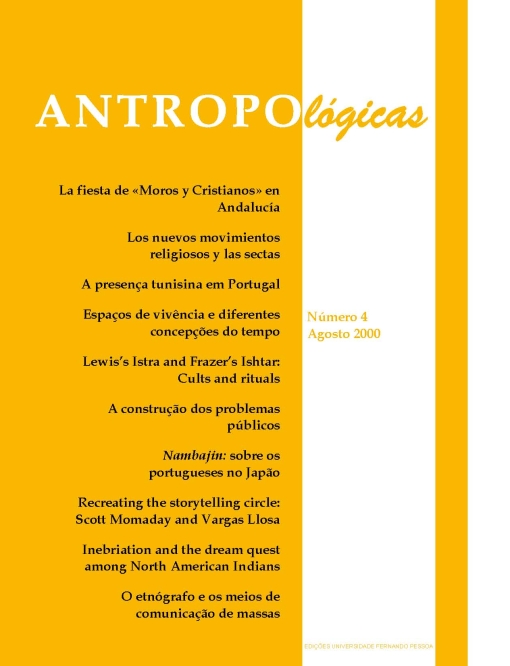Lewis's Istra and Frazer's Ishtar: cults and rituals in C.S. Lewis's Till we have faces(1956)
Abstract
This paper examines the influence of Sir James Frazer’s Golden Bough (1890-1915) upon Till We Have Faces (1956), the last novel of C. S. Lewis. The former is a research in anthropology subtitled ‘a study in magic and religion’, whereas the latter is a novel subtitled ‘a myth retold’. The main focus of this article is on the descriptions of religious beliefs and practices, particularly the motif of the divine-mother-andson/lover. The author argues that the Frazer-Lewis connection can be seen as a strong example of intimate links between nineteenth-century scholarship and twentieth-century mythopoeia. Thus both Frazer and Lewis appear to be mythmakers and anthropologists: Frazer starts as an anthropologist, but ends up writing what in a way can be seen as a literary collection of myths, whereas Lewis-the-mythmaker becomes an anthropologist in his own imaginary world.Downloads
Issue
Section
Shorter Article
License
Copyright Notice
Authors who publish in this journal comply to the following terms:
- Authors retain copyright and grant the magazine right of first publication, with the work simultaneously licensed under a Creative Commons Attribution license that allows the sharing of work and recognition of authorship and first publication in this journal.
- Authors are authorized to take additional contracts separately for non-exclusive distribution of the work published in this journal version (ex.: publish in an institutional repository or as a chapter of a book), with recognition of authorship and first publication in this journal.
- Authors are allowed and encouraged to publish and distribute their work online (e.g., in institutional repositories or on their personal page) at any point before or during the editorial process, as it can generate fruitful changes, as well as increase the impact and citation of the published work (see The effect of open access). [link to http: opcit.eprints.orgoacitation-biblio.html]


